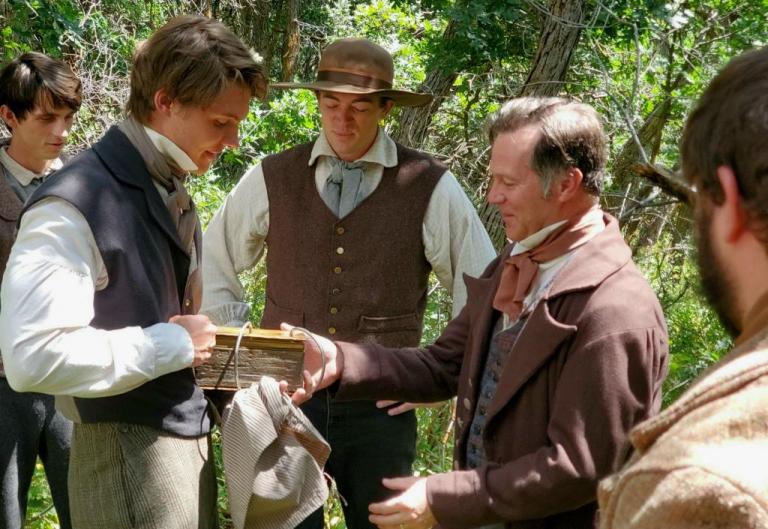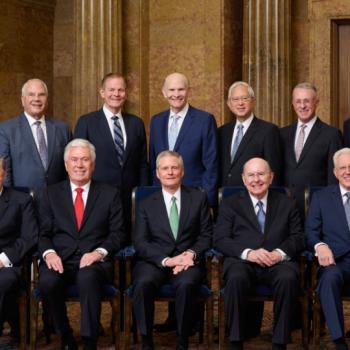
For some curious reason, I’ve been thinking quite a bit recently about the nature, value, and limitations of eyewitnesses testimony. Here are a couple of quotations on the subject:
The historical reality of a miracle is proved in the same manner that any historical event is proved, namely, by human testimony. Testimony is another man’s memory. We trust our own memory as we trust our own senses, because memory is a remembered sensation or consciousness. If therefore another person is honest and possesses as good senses as ourselves, there is no more reason for disbelieving his remembered sensations than for disbelieving our own. . . . It is the common human testimony, such as is accepted in a court of law, that is relied upon to establish the historical reality of a miracle. [William G. T. Shedd, Dogmatic Theology, 3 volumes in one (Phillipsburg, NJ: P&R Publishing, 2003), 128.]
[T]he only way we in fact have of evaluating the reliability of a witness’s testimony concerning extraordinary events is to evaluate the reliability of that witness’s testimony concerning events that admit of external support. [Robert A. Larmer, “Miracles and Testimony: A Reply to Wiebe,” 121-131, in Robert A. Larmer, ed., Questions of Miracle (Buffalo, NY: McGill-Queen’s University Press, 1996), 123]
***
Up new, today, on the website of the Interpreter Foundation:
The discussants for the Interpreter Radio Roundtable regarding Come, Follow Me Doctrine and Covenants Lesson 2, “I Saw a Pillar of Light” on Joseph Smith—History 1:1–26 were Daniel C. Peterson and Martin Tanner. This roundtable was extracted from the 29 November 2020 broadcast of the Interpreter Radio Show. The complete program, shorn of commercial and other interruptions, may be heard at https://interpreterfoundation.org/interpreter-radio-show-november-29-2020/.
And Jonn Claybaugh generously contributed some useful notes for students and teachers in the Sunday School classes of the Church of Jesus Christ of Latter-day Saints:











